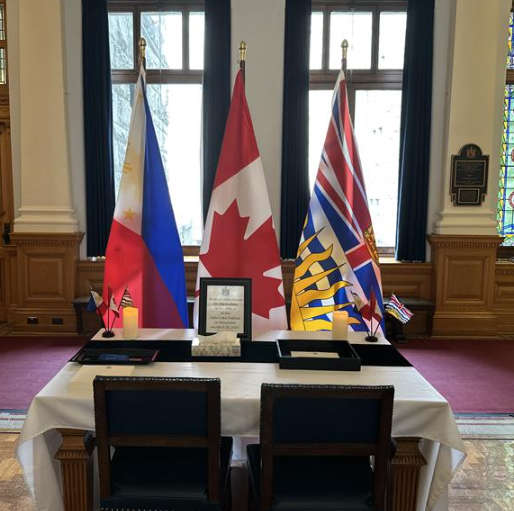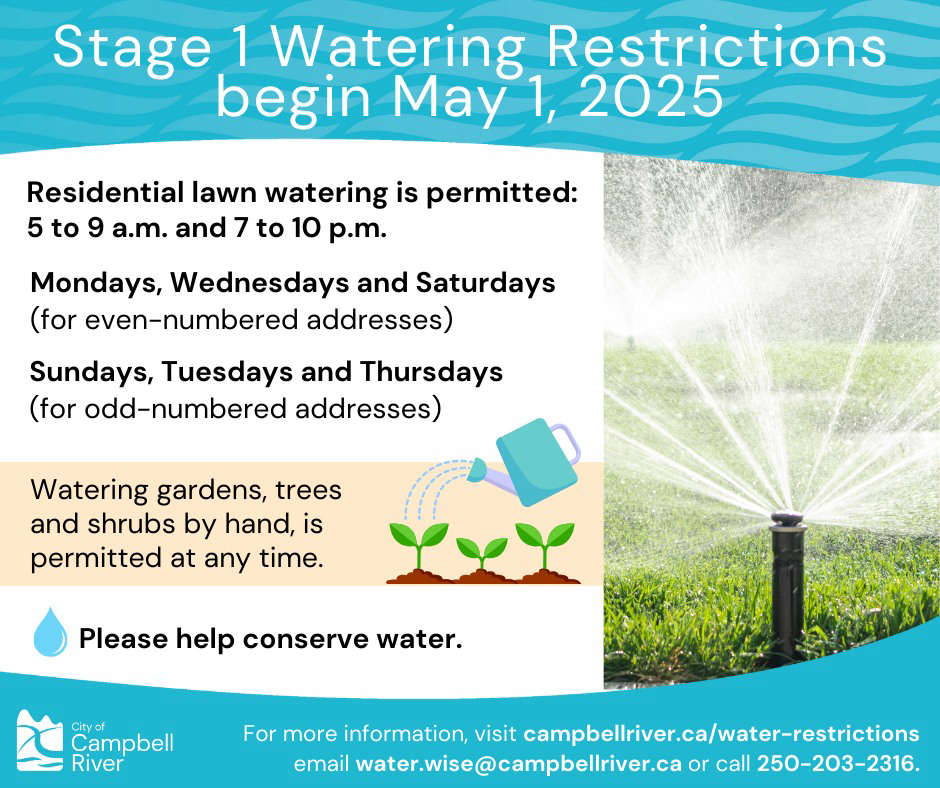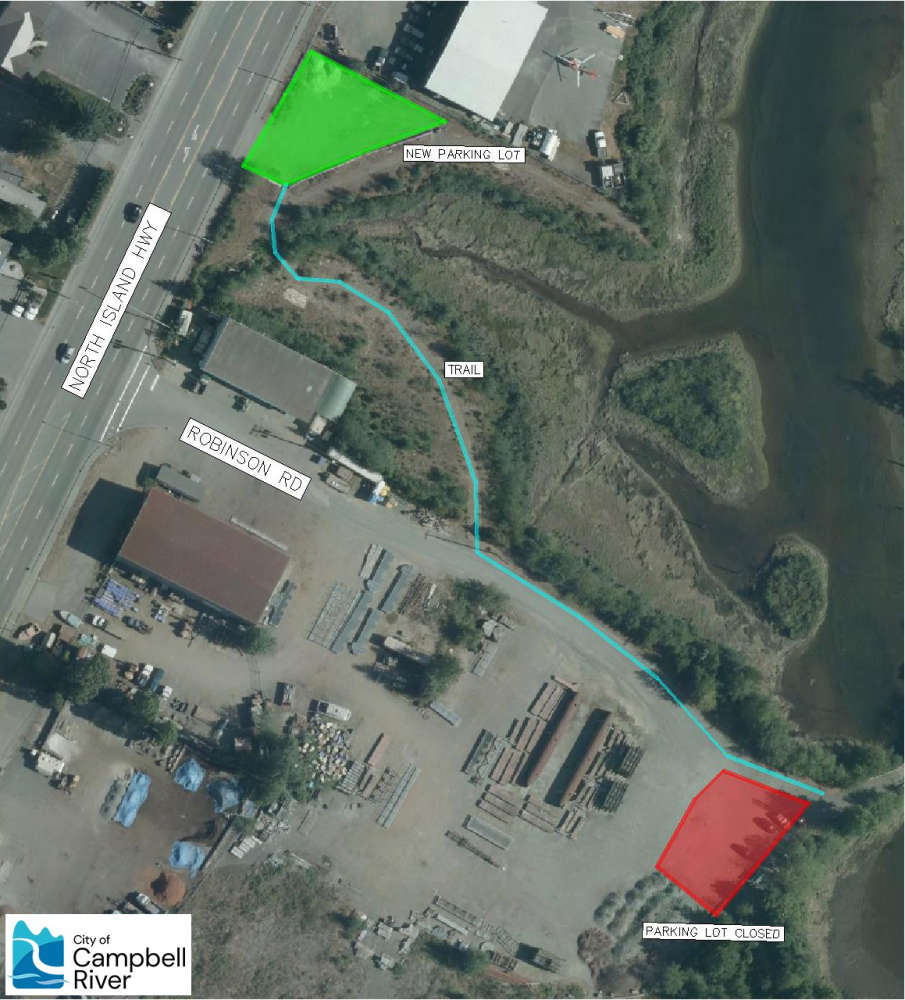
The BC Coroners Service says 2,253 lives were lost in British Columbia last year due to unregulated drug toxicity.
That number represents a 13% decrease from the number of deaths in 2023 and is less than the annual figure from any of the previous three years.
The rate of death in 2024 was 40 per 100,000 people, compared with 47 per 100,000 in 2023, 45 per 100,000 in 2022 and 44 per 100,000 in 2021.
“The information collected by our coroners during their investigations into unregulated drug toxicity deaths, indicates a decline in fatalities over the last several months of 2024. This is consistent with reporting from other jurisdictions in Canada and internationally,” said Dr. Jatinder Baidwan, chief coroner.
“This doesn’t mitigate the fact that 2,253 members of our communities died in 2024, leaving behind grieving loved ones, friends, colleagues and teammates. Our thoughts are with all of those many, many people who have been touched by this crisis.”
In 2024, about seven in every 10 people who died were between the ages of 30 and 59, and nearly three-quarters were male.
The rate of death among females in 2024 is 20 per 100,000. That is an increase of 65% from 2020 and a slight reduction from 2023.
As in years prior, the crisis affected cities of all sizes in 2024.
By Local Health Area, Greater Campbell River placed third, along with Terrace, among the highest rates of death per 100,000 at 109 each.
Vancouver-Centre North had the highest rate of death at 422 per 100,000.
Fentanyl continues to be the primary driver of unregulated drug toxicity deaths in B.C., detected in 78% of toxicological testing in 2024.
Cocaine (52%), fluorofentanyl (46%), methamphetamine (43%) and bromazolam (41%) were the other most common substances detected.
Since the public health emergency was first declared in April 2016, the lives of at least 16,047 people in B.C. have been lost to unregulated drug toxicity.
To learn more, visit Government of British Columbia.
 Federal Election Results
Federal Election Results
 Public Invited To Sign Condolence Books For Victims Of Lapu-Lapu Festival Attack
Public Invited To Sign Condolence Books For Victims Of Lapu-Lapu Festival Attack
 Campbell River Watering Restrictions in Place as of May 1
Campbell River Watering Restrictions in Place as of May 1
 Updates To Parking For Baikie Island
Updates To Parking For Baikie Island
 BC Ferries Launching New Community Engagement Framework
BC Ferries Launching New Community Engagement Framework
